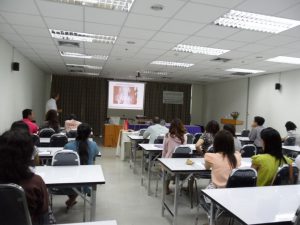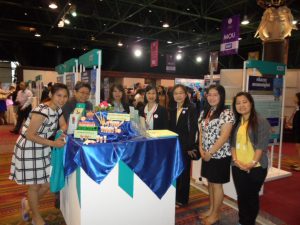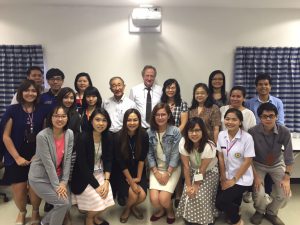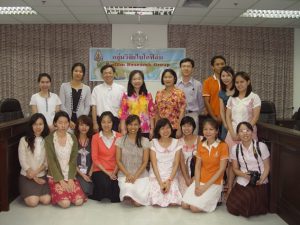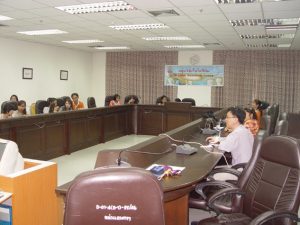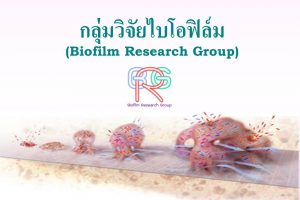
ได้รับอนุมัติให้จัดตั้งกลุ่มวิจัยตามประกาศมหาวิทยาลัยขอนแก่น ฉบับที่ 554/2554 ลงวันที่ 4 เมษายน พ.ศ. 2554 เริ่มดําเนินงาน 1 พฤษภาคม พ.ศ. 2554 เพื่อรวบรวมนักวิจัยที่มีความรู้ความเชี่ยวชาญ และผู้ที่สนใจให้มาร่วมกันสร้างบรรยากาศการแลกเปลี่ยนเรียนรู้และการศึกษาวิจัยเกี่ยวกับไบโอฟิลผืมและโรคที่สัมพันธ์กับ ไบโอฟิล์ม
• ร่วมกันระดมสมอง กําหนดทิศทางและจัดลําดับความสําคัญของงานวิจัย
• ร่วมกันบริหารจัดการทรัพยากรเพื่อการวิจัยอย่างเป็นระบบและมีประสิทธิภาพ
• สร้างเครือข้ายความร้วมมือด้านวิจัยกับนักวิชาการในหน่วยงานอื่นทั้งในและต่างประเทศ เพื่อพัฒนางานวิจัยในรูปแบบบูรณาการ
• เป็นกลุ่มที่เน้นการศึกษาวิจัยเชิงพัฒนาผลิตภัณฑ์และวิธีการที่ใช้ในการควบคุม ป้องกันและรักษาโรคที่สัมพันธ์กับไบโอฟิล์ม
• พัฒนาผลิตภัณฑ์และวิธีการควบคุมและป้องกันโรคที่สัมพันธ์กับไบโอฟิล์ม
• สนับสนุนนักศึกษาระดับบัณฑิตศึกษาในการศึกษาและวิจัยด้านไบโอฟิล์ม
• สนับสนุนนักวิจัยในกลุ่มให้มีความเข้มแข็งในการสร้างผลงานวิจัยด้านไบโอฟิล์ม
• สร้างเครือข่ายวิจัยร่วมกับสาขาหรือสถาบันอื่นทั้งในและต่างประเทศ
• สร้างฐานข้อมูลองค์ความรู์เกี่ยวกับโรคที่สัมพันธ์กับไบโอฟิล์ม
• เผยแพร่ผลงานวิจัยเกี่ยวกับโรคที่สัมพันธ์กับไบโอฟิล์มทั้งในวารสารระดับชาติและนานาชาติ
• ถ่ายทอดองค์ความรู้และเทคโนโลยีให้แก่หน่วยงานของรัฐ เอกชน และประชาชนทั่วไป



